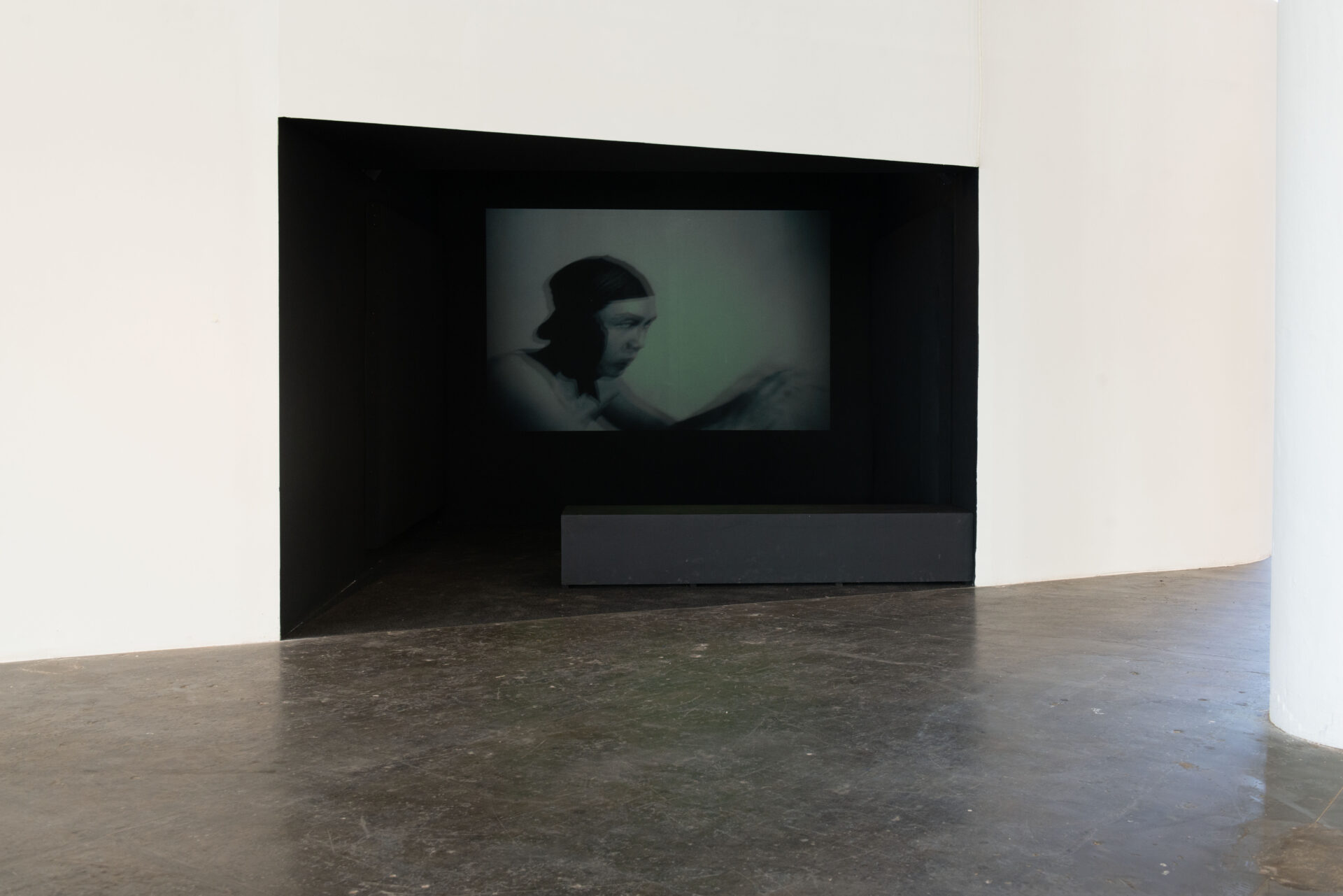
Maya Deren
Maya Deren’s main contribution to choreography is to conceive the camera itself as an integral part of the dynamic reality of dance. The camera is not only an instrument for registering a stage event in front of which it is placed, instead, it dances in a holistic structure. And with the camera, the one who holds it. Maya is interested in dance for its affinity with poetry and for its non-literal production of meaning; the elusive fluidity of the movement is consistent with the idea of cinema as an art of time, and not of representation. Art is for her the formal production of an autonomous reality and experience. In her own performances, Maya immerses herself in a reality which is not given, but built through technical resources with which she never stops experimenting: invisible montage, slow motion, frozen frames, the use of different lenses, backwards movement, dissociation of image and sound. And that double experience, of acting and registering, being inside and outside, both in the technical work and in the poetic creation, in the material world and in the transcendental, is revealed in Meditation on Violence. This film is the reverse of the possession rituals that so fascinated her (and that she herself practiced) in Haiti. In contrast to these, the dance shown here is an exercise in self-control, shared by the camera, which assumes the dancer’s own gravity, that apparent weightlessness that is only achieved thanks to training and corporeal intelligence. The result is a film that can be considered perfect in its formal construction. Perfect in its precariousness: a set of photographic paper and a skillful handling of editing allow it to transcend Maya’s plan and the singularity of Chao-Li Chi to produce a circular and infinite movement, the perfect form that contains all forms. The depersonalization of the dancer and the camera is close to the abandon typical of possession rituals, but here the violence is restrained, even muted, not to deny it, but precisely to show it in the distance, in its contiguity with beauty and with life. The distanced look brings us closer to the divine in a way almost contrary to that of the body in trance: here this is achieved thanks to the work with matter (body, paper, architecture, flute, drums) and form (movement, speed, framing, image, and sound edition) as own means of the dance and the cinema.
josé antonio sánchez
Maya Deren (Kiev, Ukraine,1917 – New York, USA, 1961) was a multi-talented artist known for her work in poetry, dance, choreography, photography, and cinema. After fleeing the Soviet Union due to political and economic reasons, she settled in the United States. Deren studied journalism, literature, and obtained a master’s degree in English literature.Deren’s visual works blended elements of surrealism and documentary, often exploring Vodou practices in Haiti.

 Português
Português